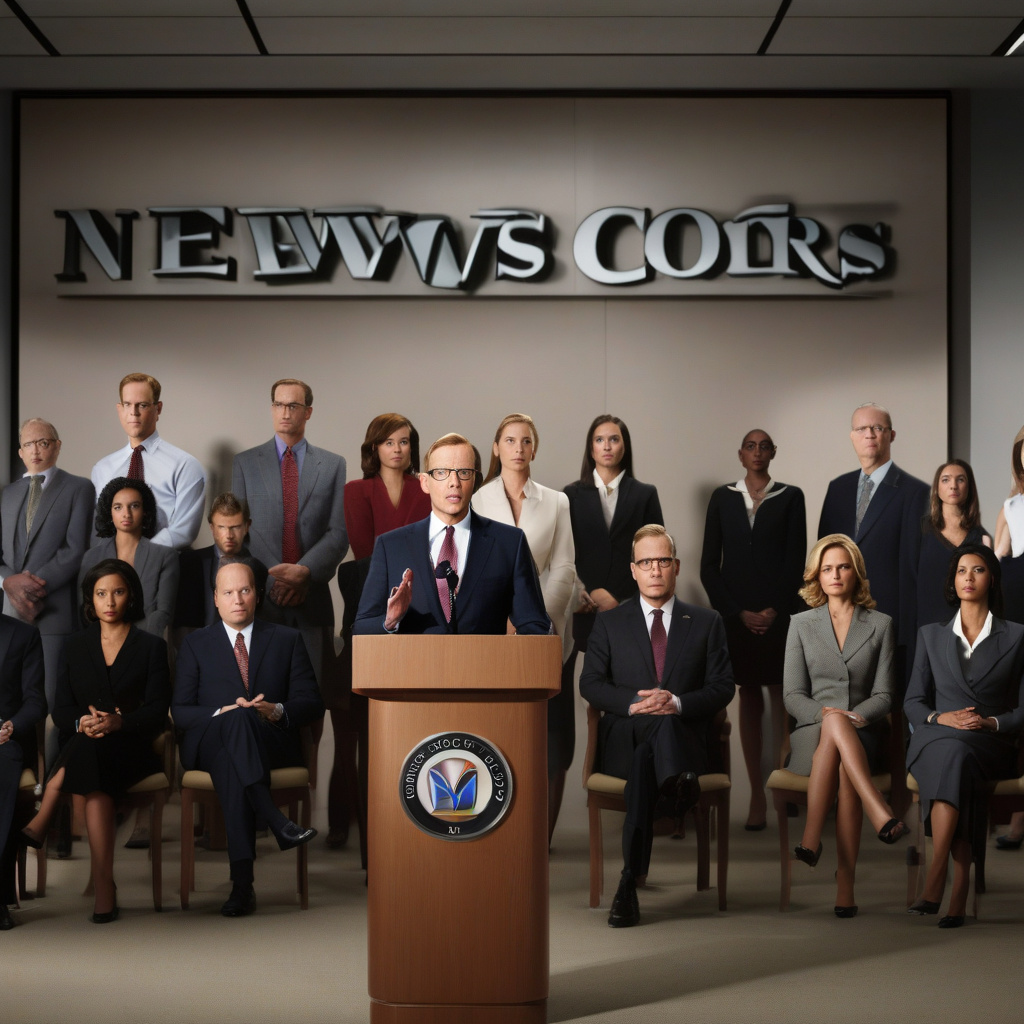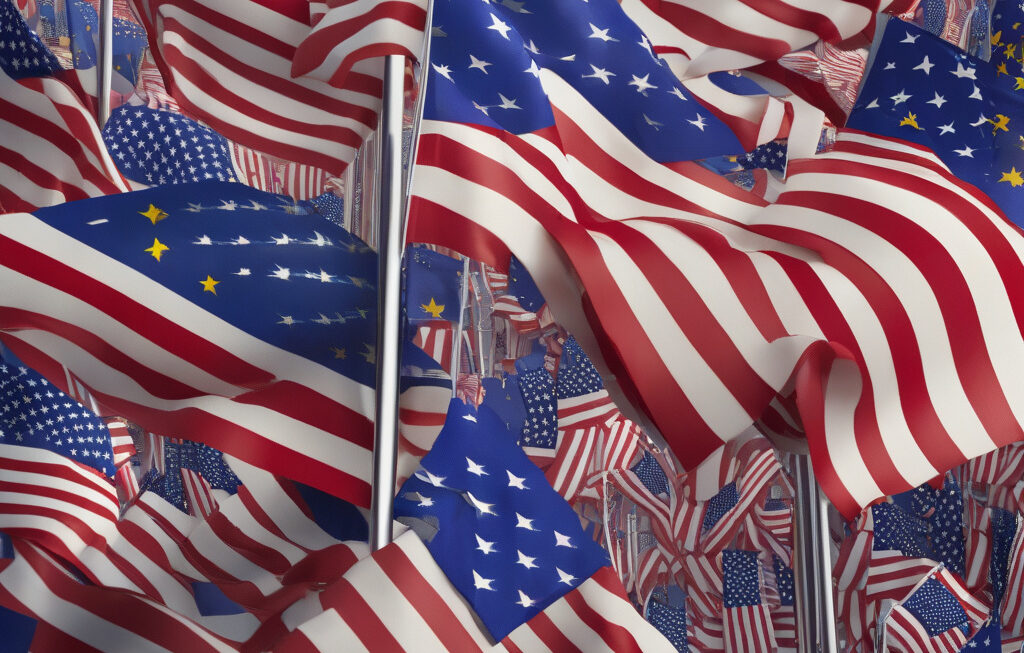Protecting Intellectual Property in the Age of AI: Insights from News Corp CEO
In a world where artificial intelligence is rapidly advancing, concerns about the protection of intellectual property rights have come to the forefront. Robert Thomson, the CEO of News Corp, recently sounded the alarm on AI’s potential to “vandalize” creativity and infringe on IP rights. As technology continues to evolve at an unprecedented pace, Thomson’s warnings serve as a critical reminder of the importance of safeguarding innovation in the digital age.
Thomson’s apprehensions stem from the growing trend of AI systems being used to create content without proper authorization. With the ability to generate text, images, music, and even videos, AI has the potential to blur the lines between original work and machine-generated content. This raises significant challenges for creators and rights holders, as AI-powered tools can easily replicate and distribute copyrighted material without consent.
The News Corp CEO’s concerns are not unfounded. In recent years, there have been numerous cases of AI being leveraged to produce content that closely mimics the style and tone of human-created works. From AI-generated news articles to music compositions, the boundaries of intellectual property are being tested in ways previously unimaginable. As AI technologies become more sophisticated, the risk of IP infringement looms larger, threatening the livelihoods of creators and the integrity of creative industries.
Thomson’s call for stronger protections against AI-driven IP violations comes at a pivotal moment in the realm of technology and innovation. As AI continues to permeate various sectors, from journalism to entertainment to design, the need for robust IP frameworks has never been more urgent. Without adequate safeguards in place, creators run the risk of seeing their work exploited and devalued by AI systems that operate beyond traditional legal boundaries.
To address these challenges, Thomson advocates for a proactive approach to IP protection in the age of AI. This includes implementing stricter regulations that govern the use of AI in content creation, ensuring that creators retain control over their work and are fairly compensated for their contributions. By fostering a culture of respect for intellectual property rights, Thomson believes that it is possible to harness the power of AI in a way that benefits both creators and society at large.
As we stand on the cusp of a new era defined by technological innovation, the conversation around AI and intellectual property rights is more pertinent than ever. It is essential for policymakers, industry leaders, and creators alike to collaborate on solutions that uphold the principles of creativity, innovation, and fair compensation in the face of AI’s disruptive potential. By heeding the warnings of visionaries like Robert Thomson, we can navigate the complexities of the digital landscape with integrity and foresight, ensuring that the fruits of human creativity are protected for generations to come.
In conclusion, the intersection of AI and intellectual property rights presents both challenges and opportunities for the creative ecosystem. By addressing these issues head-on and championing the value of originality and innovation, we can shape a future where AI serves as a catalyst for creativity rather than a threat to it.
News Corp, CEO, AI, Intellectual Property, Innovation












